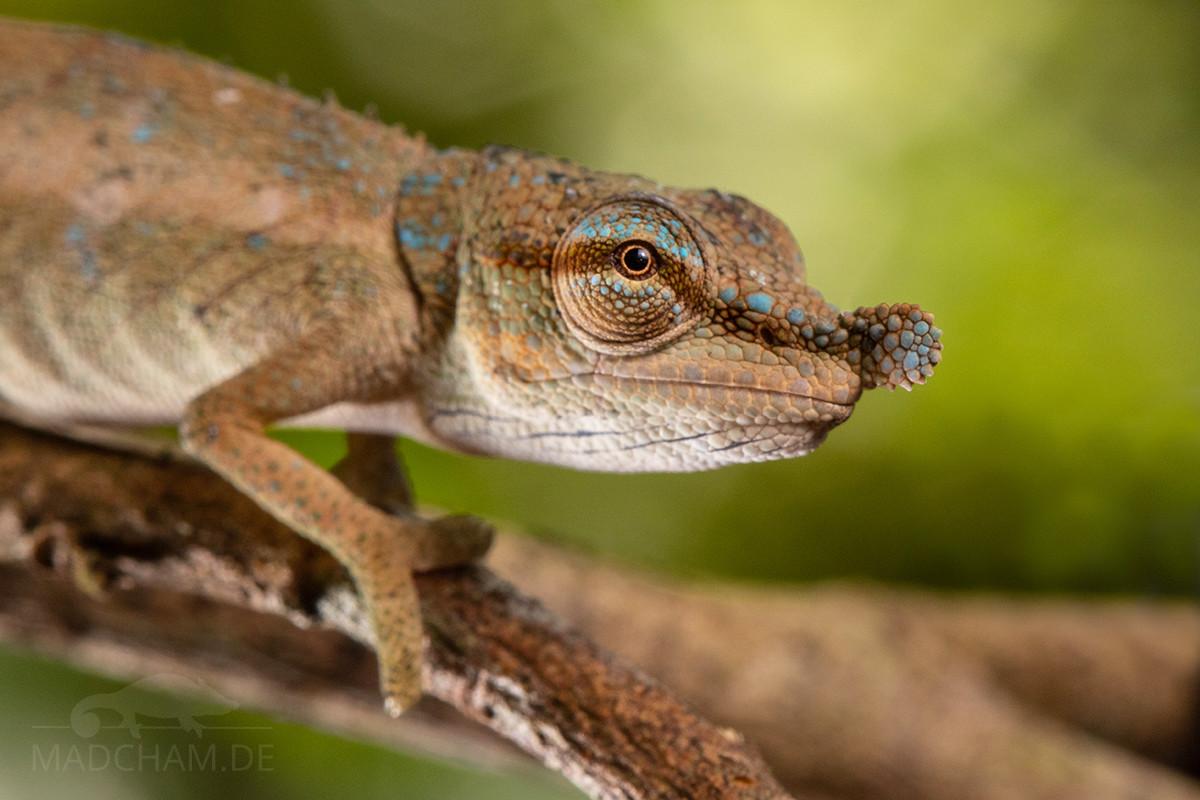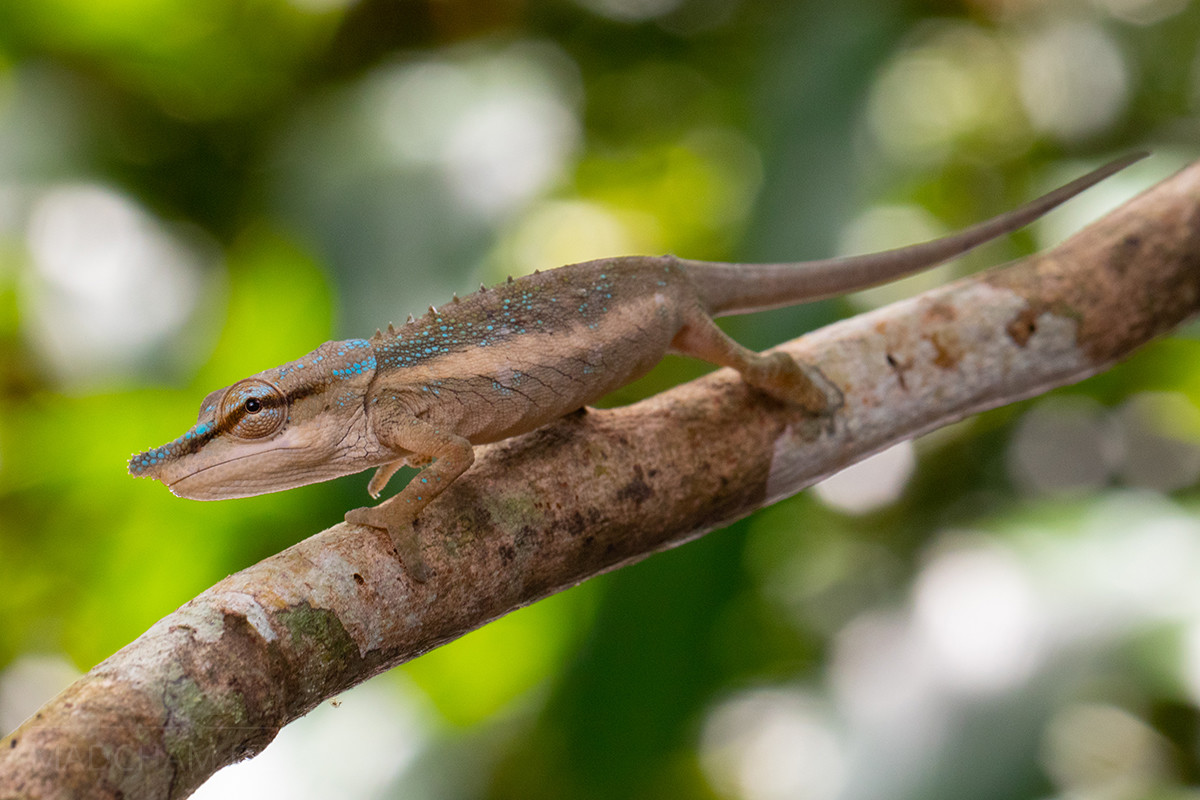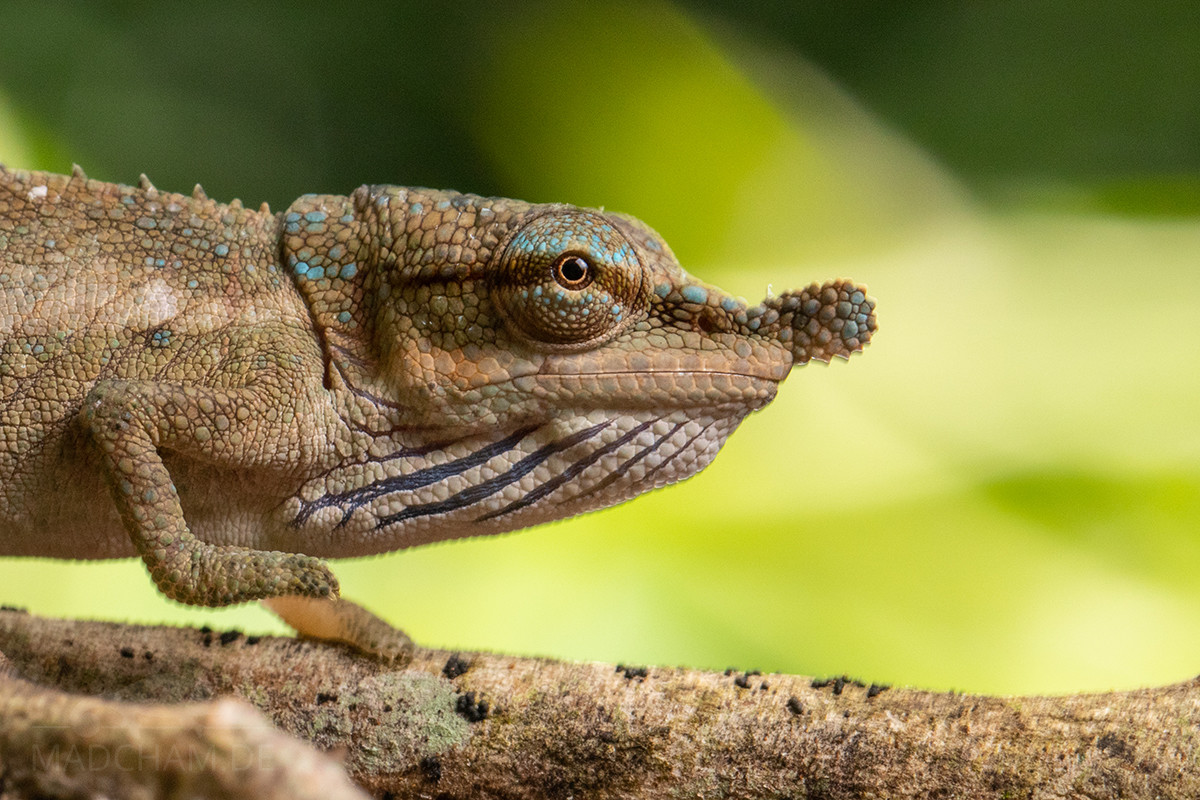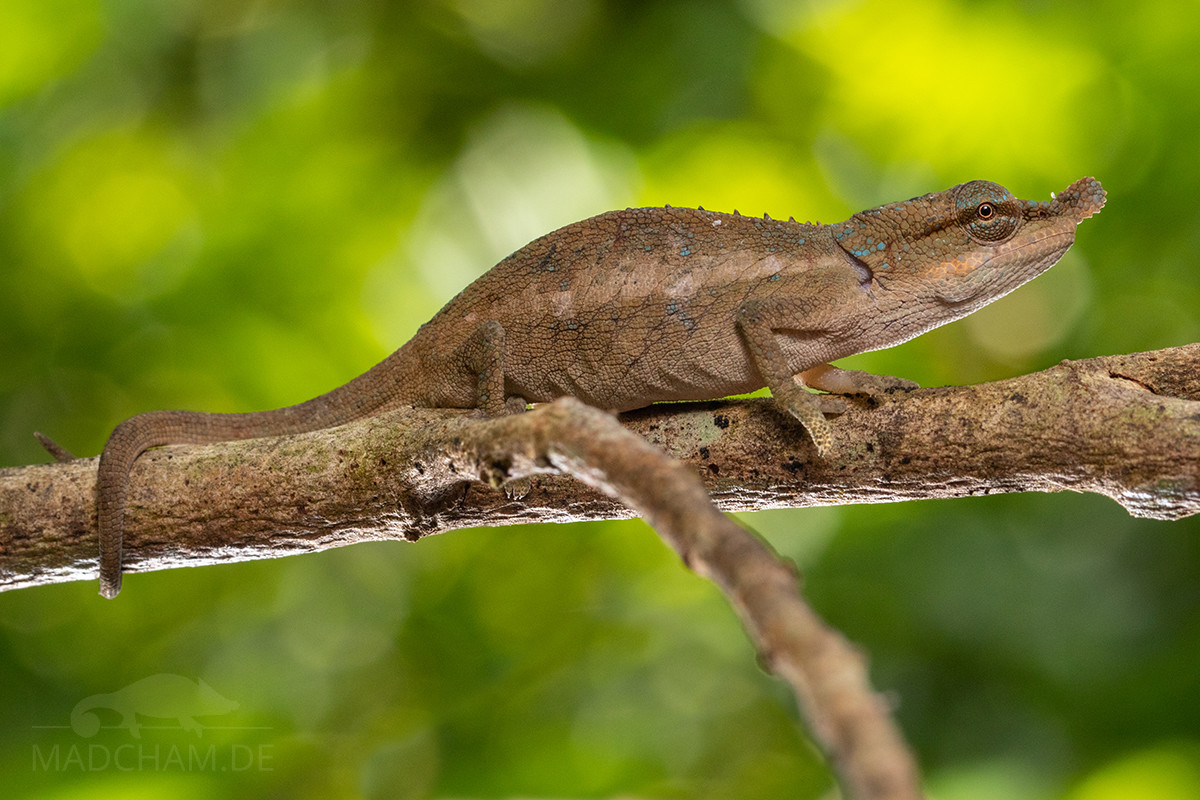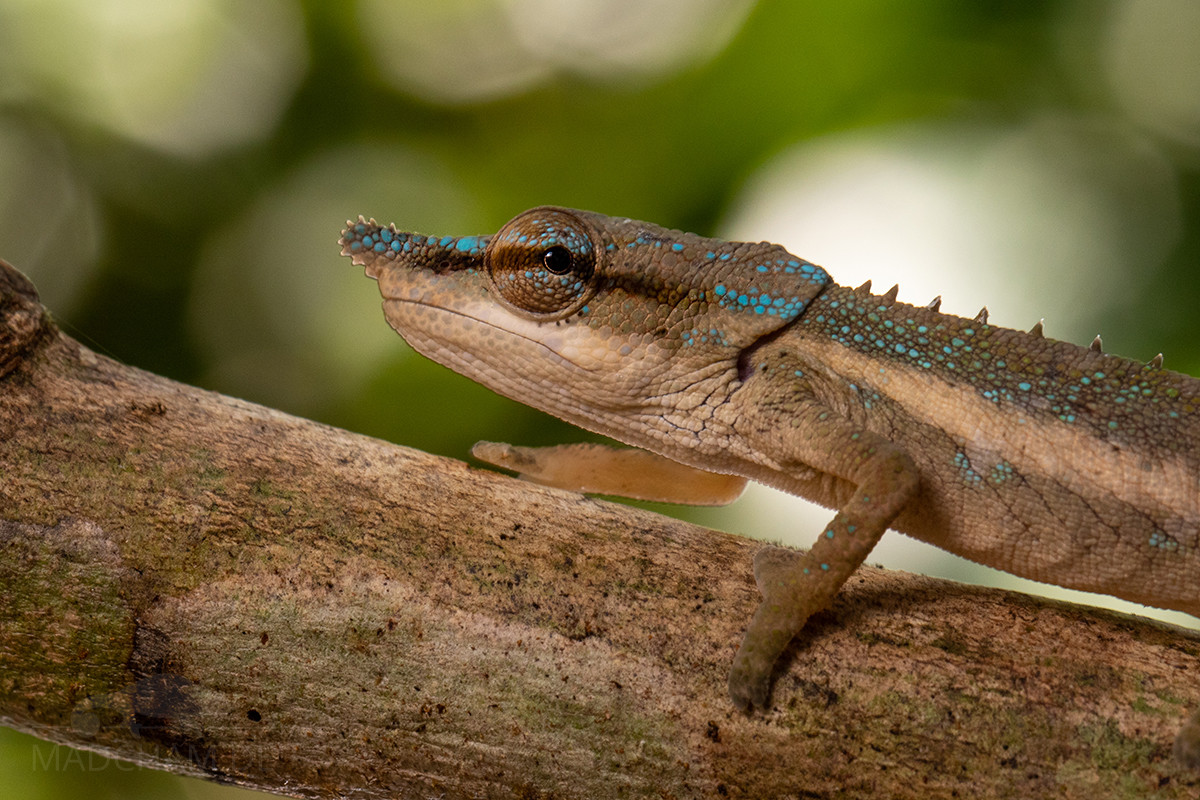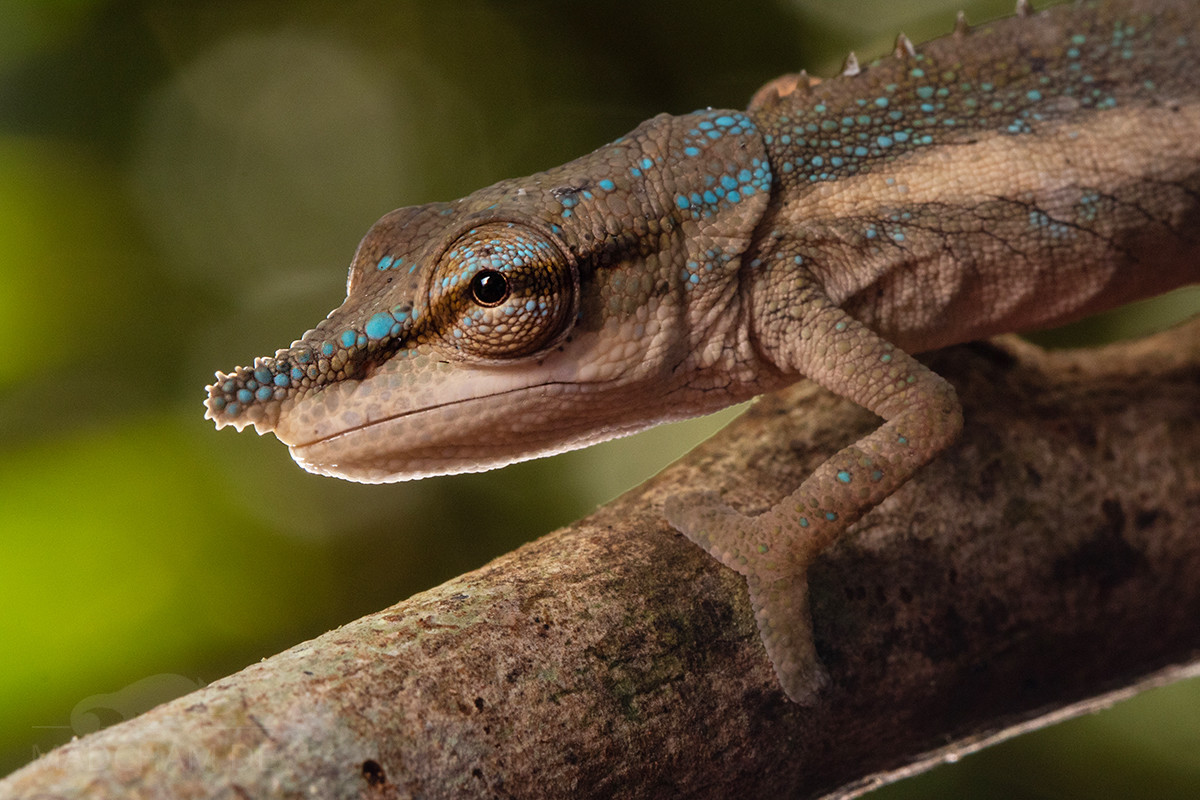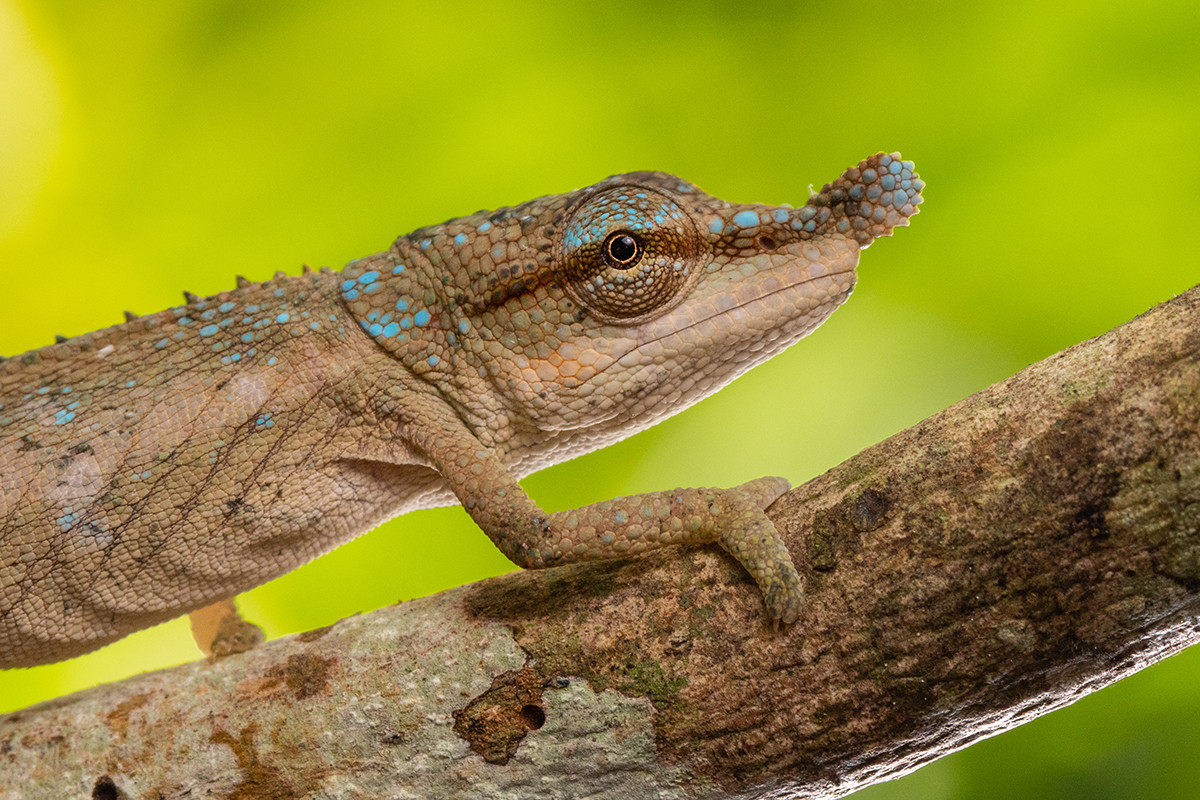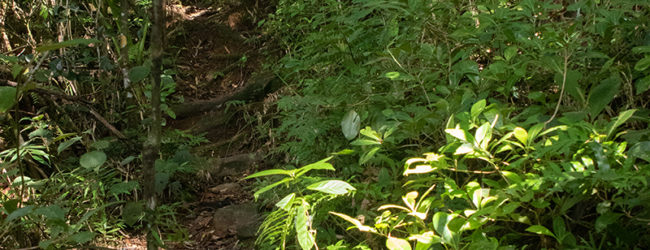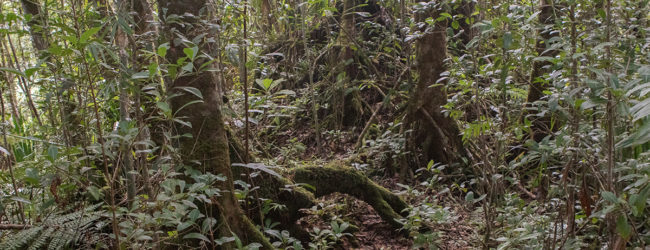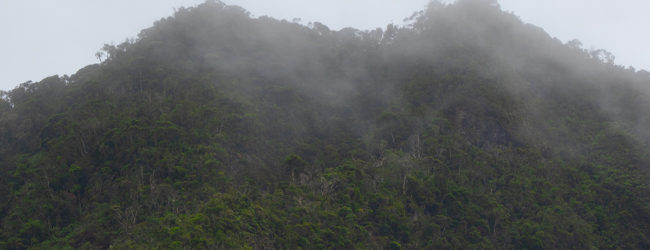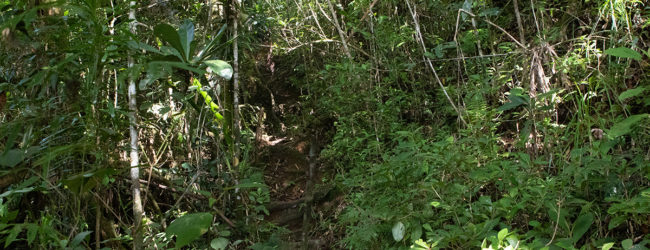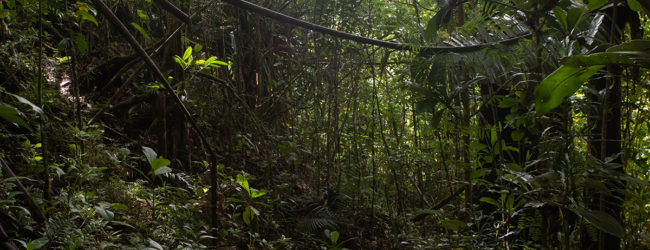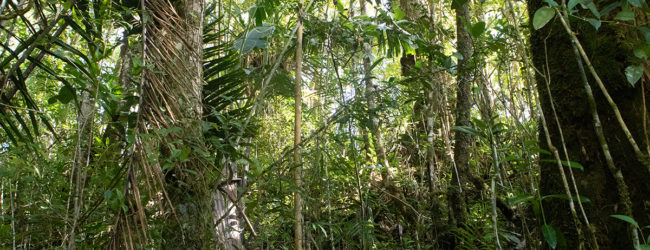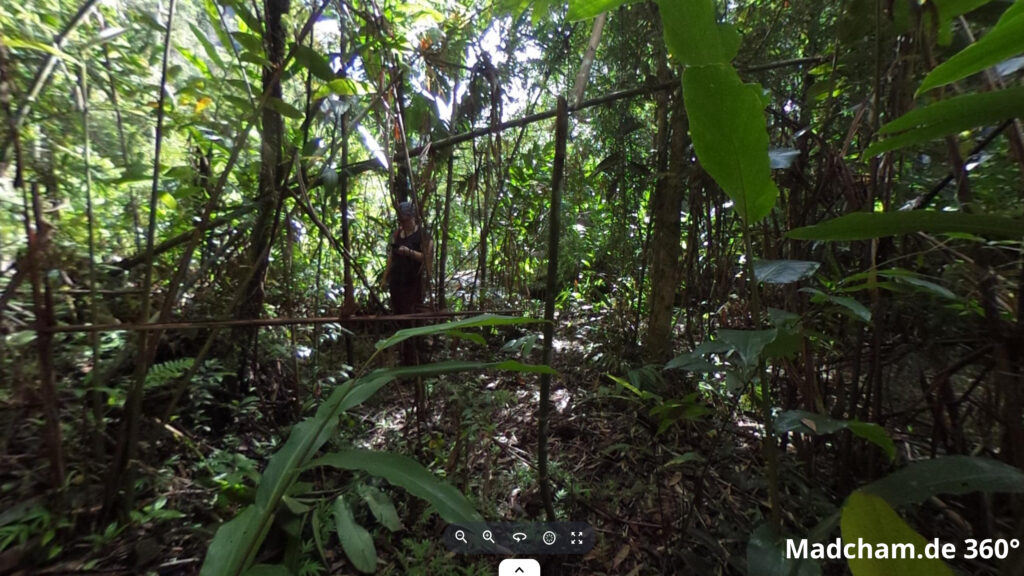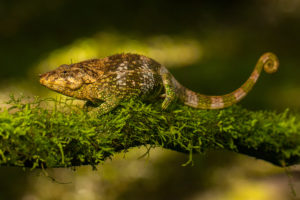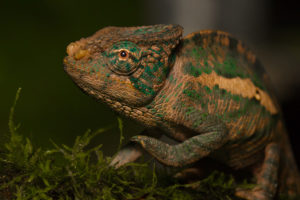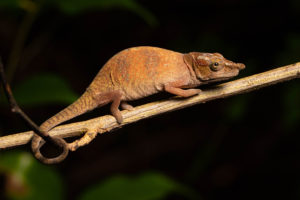no legal export possible
First description:
Prötzel, Vences, Hawlitschek, Scherz, Ratsoavina & Glaw, 2018![]()
Origin of the species name:
Frank Glaw of the Munich State Zoological Collection (Germany) had the idea to name the species after Peter Uetz. The German biologist has been running the Reptile Database, a platform with information from the species descriptions of all over 11,000 reptile species worldwide, since 1995. The database has been used for years by scientists as a free, reliable tool and is consistently referenced in scientific publications. Since 2006, Uetz has worked as a professor in the Center for Study of Biological Complexity at Virginia Commonwealth University in Richmond (USA).
Distribution:
Two different populations of Calumma uetzi are known. One species population occurs in the Sorata Massif in northern Madagascar, the second in the Marojejy National Park in the northeast of the island, about 100 km to the south. The population in Sorata lives at altitudes of 1100 to 1500 meters, while the one in Marojejy is found at around 1300 meters. Calumma uetzi is a pure rainforest inhabitant and is not found in the lower rainforest or even outside the primary forest. It is found in very dense scrub on very thin branches. We have found it so far exclusively well above Camp Marojejya.
Appearance and size:
Calumma uetzi has been known as “the rainbow chameleon”. However, this description only applies to the population in Sorata. The males there show an impressive play of colors when excited, with a yellow body and a red lateral stripe framed by blue. However, the population in Marojejy (see photos) does not show these colors. in Marojejy, the males are beige to white with light blue spots. Both sexes bear a dark stripe on either side of the head, each extending from the nose over the eyelids to the occipital lobes. Females are more nondescript beige with indistinct white lateral stripe. The females from Marojejy show additional light blue spots all over the body. When excited, they turn almost black with conspicuous light accents on the helmet and nose.
Calumma uetzi grows only up to ten centimeters long, which is why it is one of the smaller chameleons. The occipital lobes are clearly notched but not completely separated. Both sexes carry a small dorsal crest, which may be interrupted by single larger tubercles in single individuals. Equally conspicuous is the upward projecting soft nasal process. On the forearms, the scaling is rather heterogeneous.
| Jan | Feb | Mar | Apr | May | Jun | Jul | Aug | Sep | Oct | Nov | Dec | |
| Average temperature | 26 | 26 | 26 | 25 | 25 | 23 | 23 | 22 | 23 | 24 | 25 | 26 |
| Minimum temperature | 24 | 24 | 23 | 23 | 22 | 21 | 20 | 19 | 20 | 21 | 22 | 24 |
| Maximum temperature | 30 | 29 | 29 | 29 | 28 | 27 | 25 | 25 | 25 | 27 | 28 | 30 |
| Rain days | 28 | 23 | 27 | 22 | 24 | 21 | 20 | 18 | 23 | 22 | 16 | 25 |
The data given was measured and collected by us over several years using thermometers and hygrometers directly at the locations where the animals were found. ‘Average temperature’ means that the values of an entire month were calculated to an average value, e.g. all measured minimum values of a month were calculated to an average minimum value for February. In plain language, this means that individual peak values of a day can be significantly higher or lower than the average minimum and maximum values, so it is possible that although the average maximum is 29 degrees, it was 33°C or even 35°C on some days of the month.
Marojejy mainly consists of rainforest that extends over the eponymic sacred mountain at elevations of 200 to maximally 2100 m above sea level. In the highest areas, climate is cool and vegetation sparse, but most chameleons live in the warmer dense rainforest below. Marojejy has different altitude levels, each with its own species living in its own climate. In the lowest altitude level it is very warm and humid, in the middle and high altitudes it becomes a little cooler, but not less humid.
In Marojejy, there is few difference between rainy and dry season. Humidity is always very, very high. In the rainy season, precipitation is more intense with rainfalls that may last for days and sometimes are accompagnied by heavy storms. In the dry season, temperatures are a little lower, but it never becomes really cold. And it still rains almost daily. It really cannot become dry in Marojejy during "dry" season. Humidity is the main key factor of this rainforest. In 2022, we measured relative humidity on various days during the rainy season, and the data can be found below.
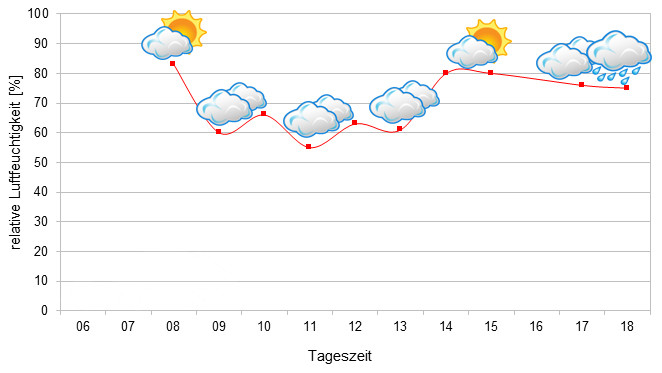
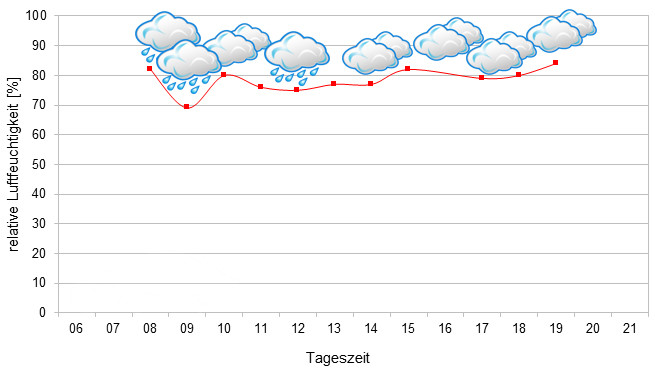
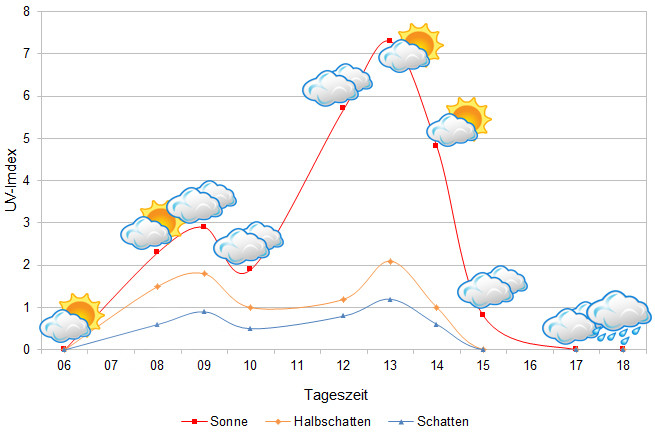
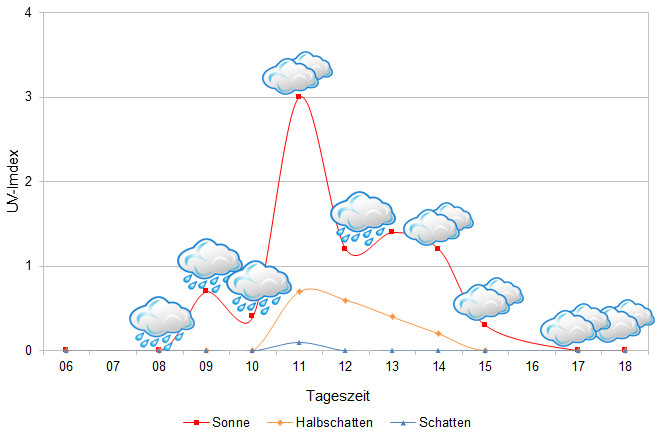
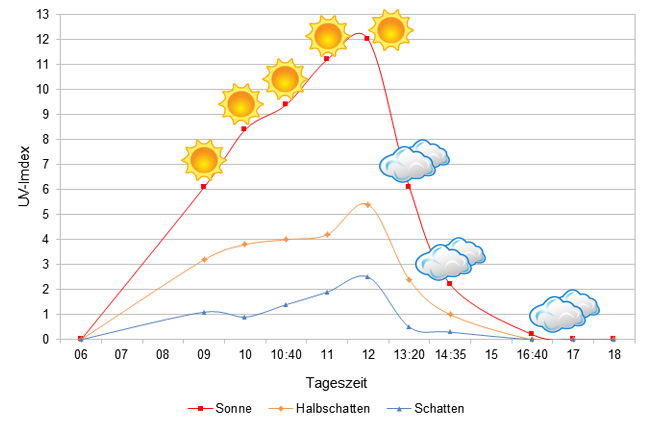
Tageszeit = day time, Sonne = sun, Halbschatten = half shade, Schatten = shade
We have measured UVB data with a Solarmeter 6.5 in spring (end of March until beginning of April) at the peak of activity of chameleons in Madagascar. We always measured the values that a chameleon could maximally reach in its habitat.
Since 2022, in addition to other climate data, we have been measuring air pressure at the locations we visit in Madagascar. The following data is from different days during the rainy season. On the X-axis is the time of day or night. In Madagascar, the day begins around 6 a.m., and night falls at 6 p.m. The Y-axis shows the atmospheric pressure in hPa.
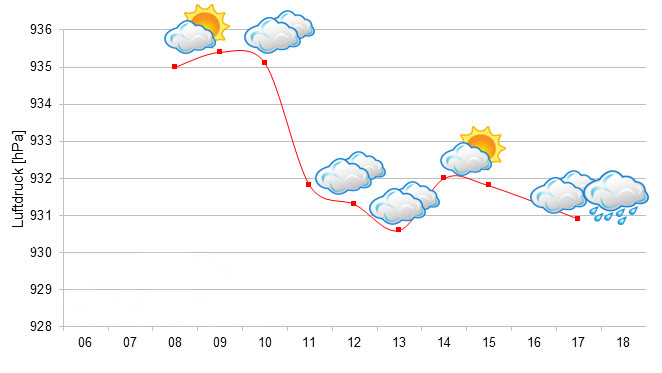
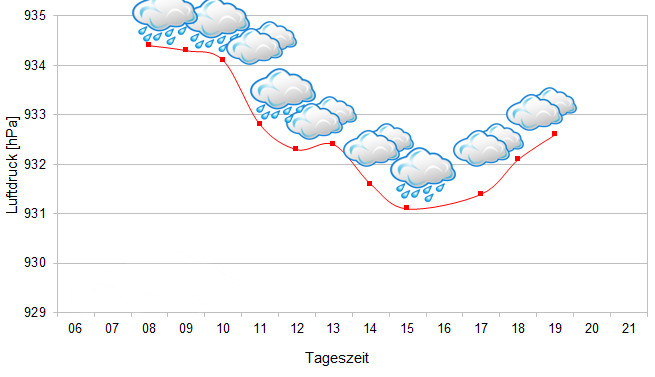
Habitat:
The following photos show sections of the habitat of Calumma uetzi during the rainy season in Marojejy. The rainforest of Marojejy is located in a mountain range that consists almost entirely of ravines and steep slopes. At the altitude where Calumme uetzi occurs, the forest is crossed by many small streams. Many ancient giant trees are covered with endless moss. The undergrowth is very dense, the species especially likes shrubby plants with dense foliage. The soil is earthy and interspersed with countless rocks.
Below you will find 360° images of Marojejy that we took during the rainy season. If you click on the respective image, the pictures will open in an enlarged view in a separate window. You can use the mouse to rotate in all directions. You also have the option of running the images in full-screen mode. Enjoy!

